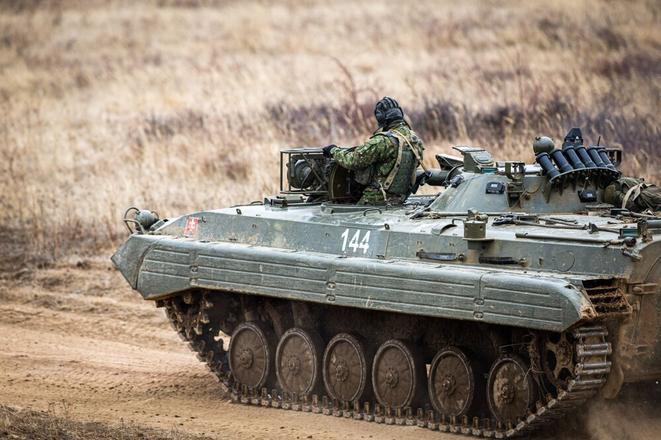Welcome to your weekly commentary and overview of news from Slovakia. NATO troops are officially on their way to Slovakia. Refugees keep coming, NGOs and volunteers are bearing most of the burden so far. With Covid still spreading, Slovakia relies only on masks and vaccination as of today. Authorities will get more discretion when granting Slovak citizenship to descendants of emigrants.
NATO troops are coming to Slovakia
Even though Russia did not invade Ukraine out of the blue, the outbreak of a war right on NATO’s eastern border has delivered a sharp jolt of reality to previously hypothetical conversations about Slovakia’s defence.
During the 2015 refugee crisis in Europe, those who supported the idea of refugee quotas, which Slovakia rejected along with its Visegrad Group partners, argued that the country was taking an unwise position, pointing to the theoretical example of a conflict in Ukraine that prompted masses of people to cross the border into Poland, Slovakia, Hungary, and other EU countries. Back then, Slovakia’s notional quota for refugees was fewer than 800 people. Six and a half years later, hundreds of thousands are crossing the border to Slovakia and people working with them, as well as migration experts, say this is only the beginning.
Similarly, the question of Slovakia’s own defence has become a pressing part of people’s everyday lives. In the last three weeks, most of us have asked ourselves what we would do if Russian aggression spilled over Ukraine’s borders. In a very direct way, this is reflected in people’s increased interest in the state of the civil protection shelters, most of which are little changed from their condition at the end of the Cold War – or else unusable.
More importantly, at this point, the way that Slovaks view their country’s membership in NATO is changing.



 In March, Slovakia hosts the Saber Strike 22 military exercise. (source: Sme - Marko Erd)
In March, Slovakia hosts the Saber Strike 22 military exercise. (source: Sme - Marko Erd)